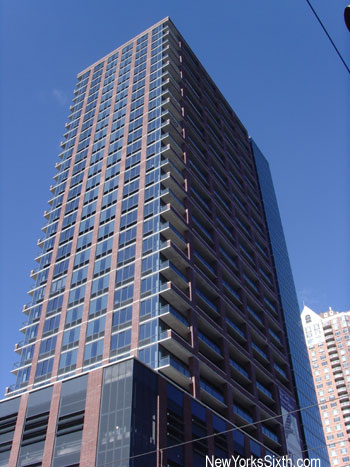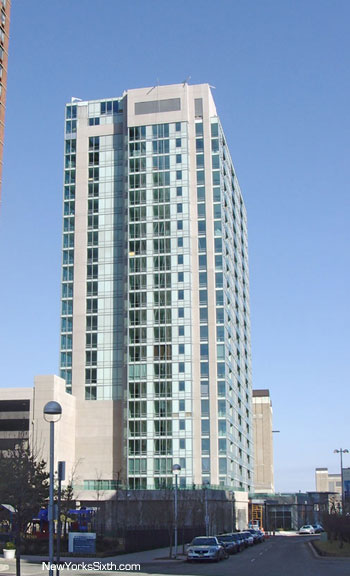The Real Deal
reports that Manhattan's Downtown office market is tighter than Midtown's for the first time since September 11th. This could be good news for Jersey City's commercial real estate market, a mere five minute subway ride from the downtown.
While midtown office rents steadily rose over the last few years, Jersey City benefits less directly from a shortage in midtown office space; downtown Manhattan is a mere five minutes from the Jersey City waterfront, but midtown nearly twenty.
In August, Jersey City's office market
tightened to 90% occupancy. Office tower construction took a backseat in the last few years to residential towers such as 77 Hudson Street. The original plan for 77 Hudson Street included two large office towers before developers realized more money in building residential units. But with the residential market cooling, commercial space may be a more attractive investment.
Low vacancy rates in lower Manhattan and Jersey City could accelerate construction of the long planned
Harborside Plaza 4, an office tower that
resurfaced before the city planning board last spring. The site currently is a parking lot.
Less likely to begin anytime soon is a remodel of 2 and 30 Montgomery Streets, two midrise towers bought out last year for $106 million. The new owners intended then to demolish the existing towers and rebuild two new, modern high rises similar to midtown's Time Warner Center. The status of this project is still unknown.
Also worth noting, Goldman Sachs has long planned a tower adjacent to their existing skyline centerpiece. Unlike other investment banks, Goldman has maintained relatively steady earnings as credit markets collapsed. Anecdotally, the upper floors of the existing towers, long left dark, have increasingly been lit, perhaps indicating the tower continues to fill.
Still, despite shrinking availability in the short term, plenty of office space is planned for lower Manhattan over the next few years. The World Trade Center reconstruction will bring another 2.5 million square feet of space to the market as well as drive up construction costs throughout the region. Developers also are probably weary of creating a glut of new space as happened in the late 1980's.
Labels: Waterfront







